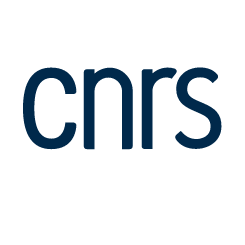Gravimetric tools : operation, possibilities and applications
Résumé
Gravimetric sensors are inexpensive devices which, in a first approach, allow the
measurement of mass variations in the range of ten nanograms performed in air or in contact
with a liquid. In general, they are referred to quartz crystal microbalances (QCM) and operate
according to chronometric principles based on piezoelectric quartz resonators. An oscillator is
used to recover the resonance frequency, which is itself related to variations in mass of a certain
film deposited on the QCM: a linear relationship, known as Sauerbrey equation, is established
between these variations in frequency and mass. However, different conditions must be
respected in order to use this equation because the devices are sensitive to other quantities such
as the roughness/mechanics of the films studied, and the characteristics of the electrolyte in
contact with these films. In terms of gravimetric sensitivities, typically it is possible to measure
mass variations of a few nanograms for resonance frequencies of around a few MHz.
Different applications are possible with these gravimetric sensors and the main domains
which can be explored are in health [1,2], environment [3,4] or energy [5,6] from both a
fundamental and an applied point of view.
References:
[1] Lazerges M. et al, Sensors and Actuators B 171 – 172, 522 (2012)
[2] Védrine C. et al, Sensors and Actuator B, 171 – 172, 719 (2012)
[3] Cheap-Charpentier H. et al, Water Research, 142, 347 (2018)
[4] Gritli M. et al, Desalination and Water Treatment, 167, 113 (2019)
[5] Lé T. et al, Nanomaterials, 10, 2451 (2020)
[6] Lemaire P. et al, ACS Appl. Mater. Interfaces, 12, 4510 (2020)
